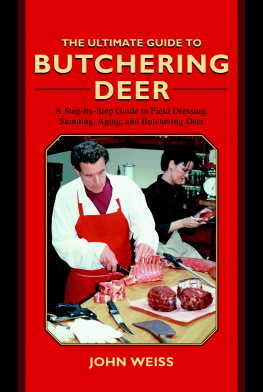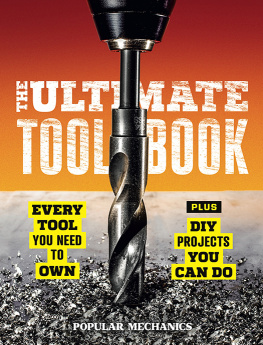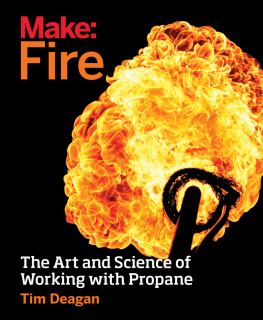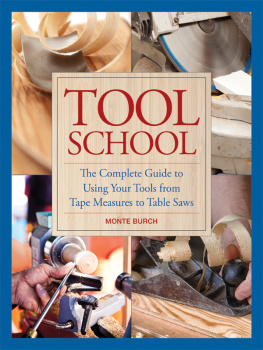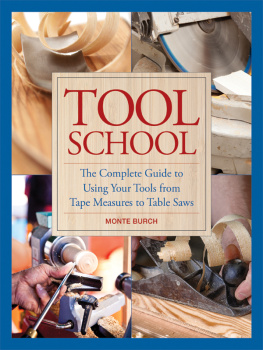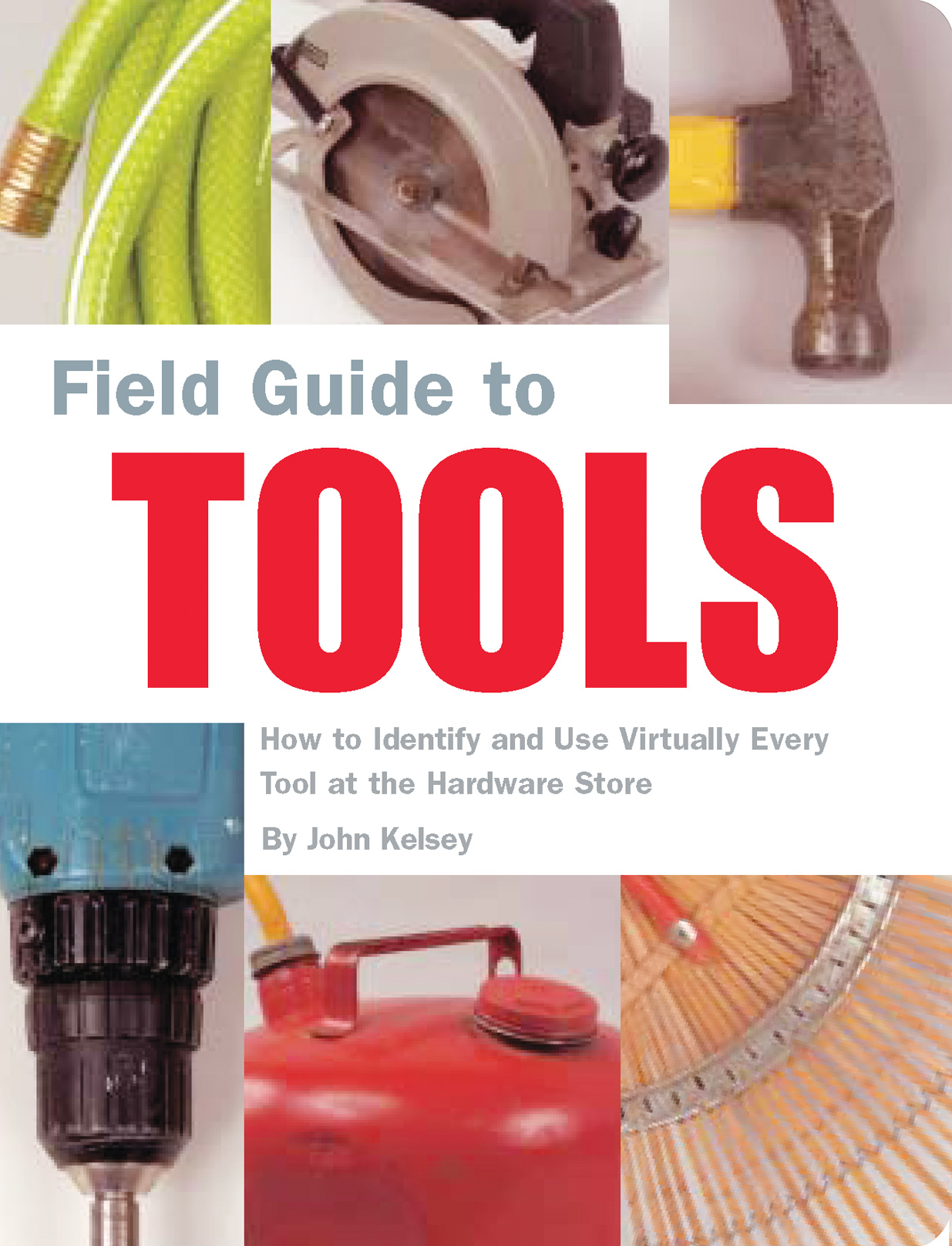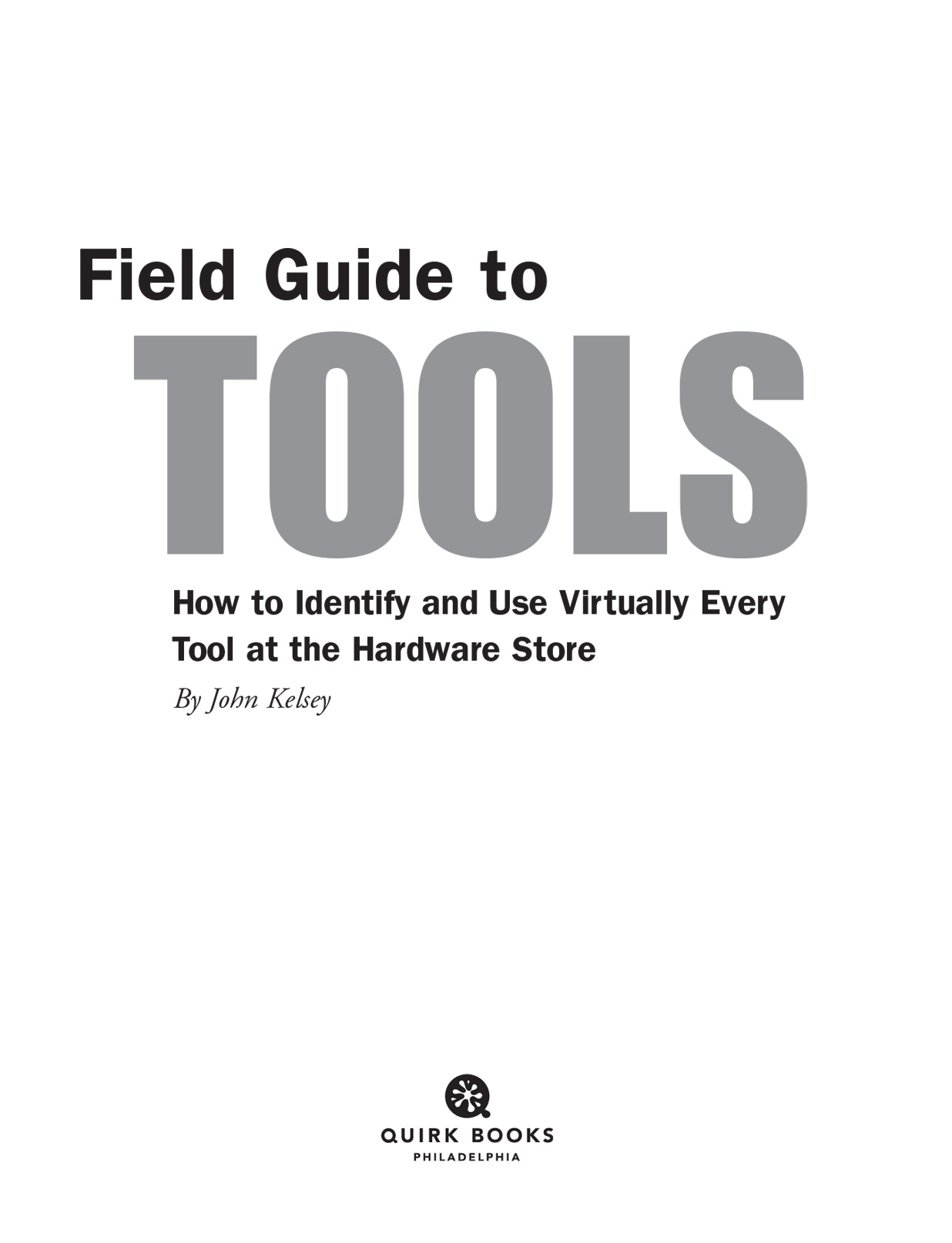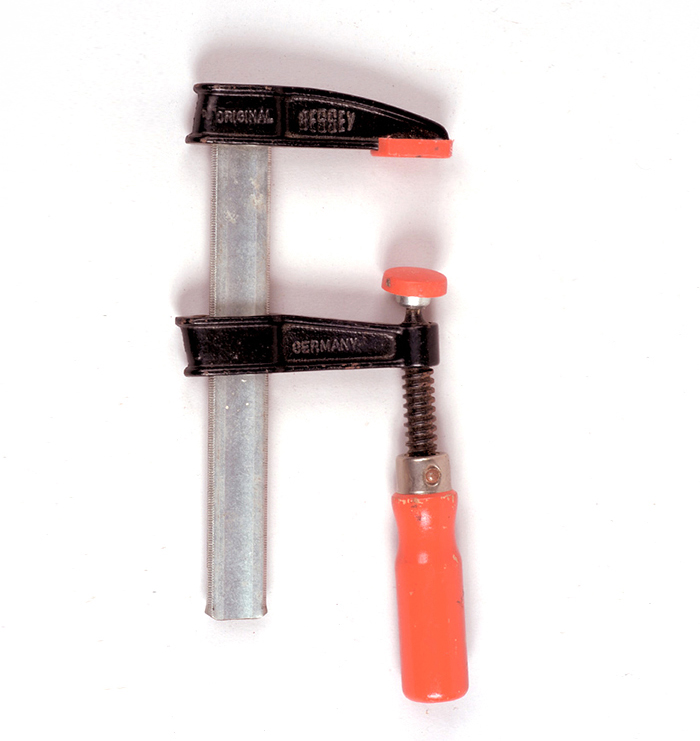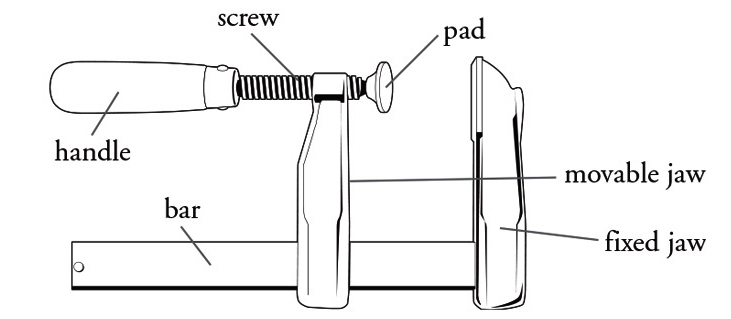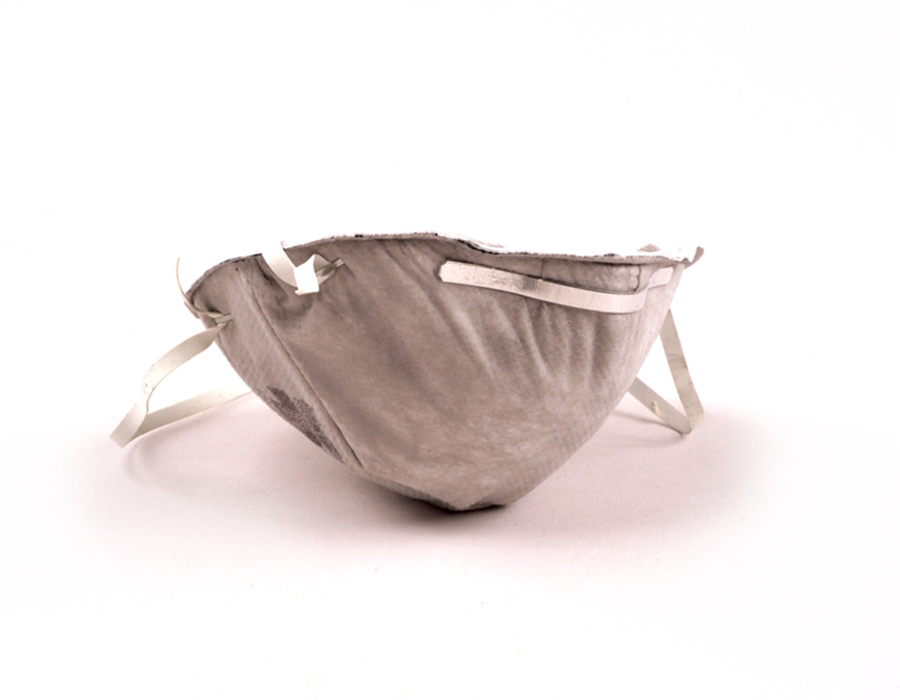DISCLAIMER
The world of tools is very large. While weve taken care to represent popular and useful tools for handypersons, the author and publisher cannot guarantee that this guide addresses every possible tool. Safety is of utmost importance when using tools: Be sure to employ the proper safety gear. The author and publisher are not liable for any use or misuse of tools by the reader.
Copyright 2004 by Quirk Productions, Inc.
All rights reserved. No part of this book may be reproduced in any form without written permission from the publisher.
Library of Congress Cataloging in Publication Number: 2004103016
eBook ISBN: 978-1-59474-847-9
Trade Paperback ISBN: 978-1-931686-79-2
Trade Paperback designed by Karen Onorato
Edited by Erin Slonaker
Photographs by John Kelsey
Illustrations by Clarke Barre
All photographs copyright 2004 by Quirk Productions, Inc.
Quirk Books
215 Church Street
Philadelphia, PA 19106
quirkbooks.com
v3.1
Contents
Introduction
Tools extend the hands. You already know what your soft hands can accomplish in easy materials such as paper or cookie dough. You can do the same things in big and tough materials such as earth, wood, and metal when you make use of tools. You might be a person whos always had other priorities, but youre finding you have a need for a specific tool from time to time. You might encounter tools almost anywherein a store or home workshop, on a truck, on the street, or at your job. Knowing what they are called and what they are meant to do is the first step, and thats one objective of this book.
When I sat down to write this guide, I was surprised to discover that I already had most of this stuff. The tools and machines were scattered throughout two garages and a garden shedsome new, some old, and some worn out. When I went looking, I found the same general assortment at the homes of friends and neighbors. What I mean is, this is not the collection of some tool-crazed nut. Its just a sampling of what handypersons are likely to acquire once they come to find satisfaction in making things and maintaining the homestead.
Id like to encourage you to try the tools out for yourself. Learn how they feel and work, so you can choose the ones that promise to be of help with your own endeavors. Thats when the real fun begins.
I. Shop Safety
A little safety consciousness goes a long way. Train yourself to think about safety before beginning to work. Youll find it is easy, and also more comfortable, to anticipate hazards and take precautions. Put on work boots, work gloves, safety goggles, and hearing protection. Think about where youll apply force and whats likely to ensue. And never drive a tool toward your hand or any other part of your body.
1. CLAMP
General Description:
A heavy, G-shaped apparatus that can be tightened on objects that fit between its opposed jaws . The back of the G consists of a heavy iron bar with a fixed jaw at one end facing an adjustable jaw that slides along the bar. Theres a stout wooden handle on the sliding part. Turning the handle tightens the clamp screw, squeezing the distance between the jaws and, with it, the object you placed in between.
Habitat:
Builders toolbox, woodworkers shop, and tradesmans truck. Sold by home centers and hardware stores.
Primary Uses:
Holding the workpiece tight on the workbench, or onto another part of the job, so the operator has both hands available for applying other tools. Holding parts together while glue dries. Assembling jigs for holding the workpiece in position for such machine operations as sawing, routing, or drilling. Fastening a worktable atop temporary supports on the job site.
Clamps are safety devices because injuries are almost inevitable when the handyperson unthinkingly holds the job in one hand while driving a tool with the other. Obeying Murphys Law (whatever can go wrong will), when the tool slips, it smashes, slices, or chews into the hand that was holding the work. To avoid this, acquire the habit of clamping whatever youre working on to something solid.
Secondary Uses:
Quickly installing a sign, flag, or banner on a deck or railing. Creating a card-table barrier across a stairwell to keep a baby from tumbling down (use three or four clamps with handles oriented away from the baby). Pressing garlic, gravlax, or flowers. Not good for temporarily reattaching car parts because motor vibration is liable to wiggle the clamp loose (use locking ).
Operating Principle:
The screw. Turning the handle tightens the movable jaw of the clamp onto the workpiece. The bigger the screw, the tighter the squeeze. Some light-duty clamps operate with a lever and cam mechanism.
Variations:
Clamps vary in heft, jaw opening, and tightening mechanism. Match heft to the task at hand, and when in doubt get a bigger one. Pipe and bar clamps can squeeze doors, windows, and whole pieces of furniture together so screws can be driven and glue can dry. Spring clamps work like spring clothespins. Cabinetmakers clamps have two big, flat wooden jaws and two opposed screw-thread handles; their jaws can be tightened absolutely parallel, or not parallel, as suits the job. Picture-frame clamps hold two mitered moldings together for nailing. Some clamps have reversible jaws for pushing assemblies apart.
How to Use:
1. Choose clamps of suitable heft and jaw opening .
2. Open the clamp and plant the fixed jaw on the workpiece. If the surface is delicate, protect it with smooth blocks of wood .
3. Hold the fixed jaw in place while you bring the movable jaw onto the workpiece .
4. Twist or squeeze the handle (depending on clamp style) to create a firm but not crushing grip .
5. If anything moves, add a second clamp .
Tool-Kit Minimum:
You can never have too many clamps.
2. DUST MASK
General Description:
A paper or fabric hemisphere or cup about the size of your closed fist . An elastic strip or headband is fastened to opposite points on the rim of the hemisphere. A thin, finger-length strip of shiny metal may be glued parallel to the rim. To fit the cup over your face, bend the metal strip to fit your nose inside.
Habitat:
Found among sanding and painting tools. Sold by paint stores, home centers, and hardware stores. The stiffness of the mask distinguishes it from hospital masks, which are soft. Dust masks are disposable.
Primary Use:
When worn over the mouth and nose, the dust mask helps the worker avoid inhaling harmful airborne particles. Usually worn during such dust-producing activities as sanding wood, paint, or drywall compound. Regular dust masks are not effective against fumes and vapors, such as paint solvents and thinners, nor against disease-causing microbes.


